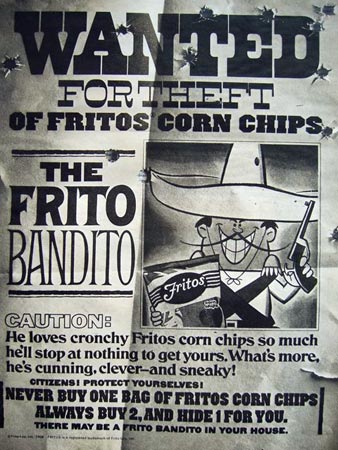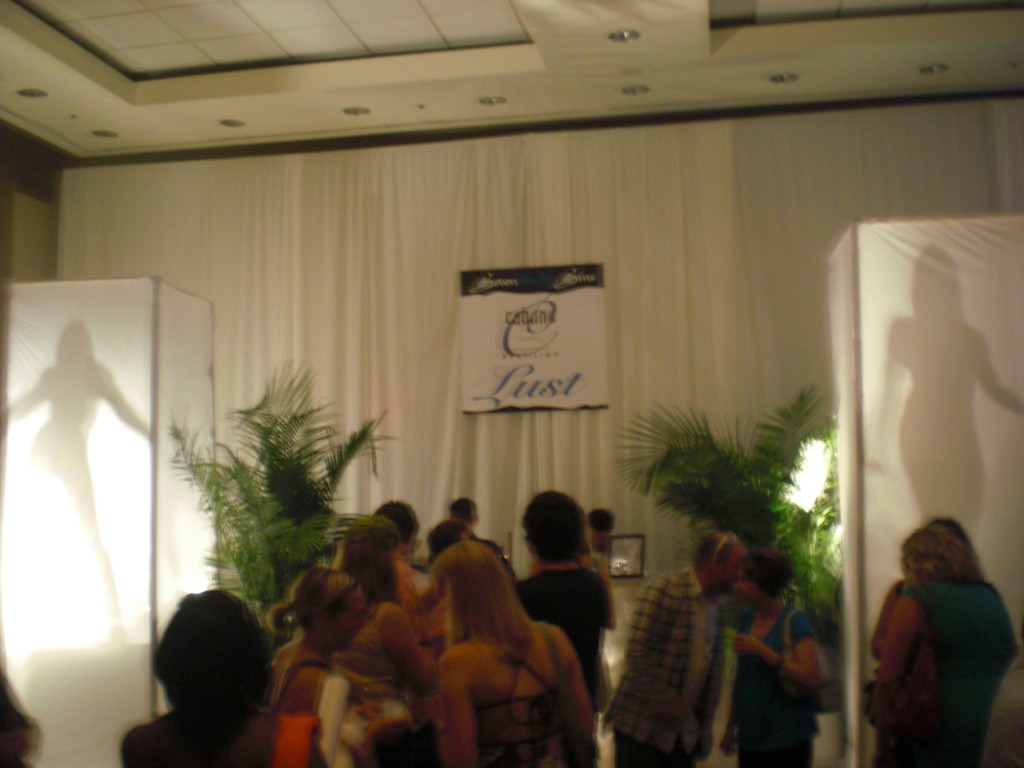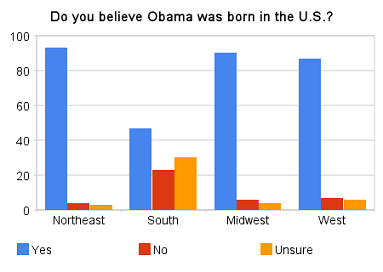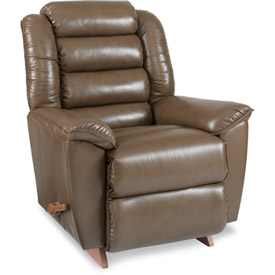According to this slide show at Slate (linked from The Color Line), the Frito Bandito was introduced as a mascot for Fritos in 1967.

A “cunning, clever-and sneaky” thief who loved the “cronchy” corn chips, he was targeted by the Mexican American Anti-Defamation Committee (MAADC).
Here’s the Frito Bandito in action:
[youtube]http://www.youtube.com/watch?v=FbYj7ZyqjYY[/youtube]
The Slate notes read:
So, Frito Lay ordered a makeover. An ad firm was told to tidy up the Bandito, fix his teeth, and change his expression from sinister sneer to rascally grin. His guns were holstered, too, a response to the assassination of Robert Kennedy… But the MAADC was unmoved and prompted several television affiliates to ban the Bandito. In 1971, a House subcommittee made him the star of hearings about ethnic defamation on the airwaves. It wasn’t long before Frito Lay pulled the campaign.
The campaign against Frito Bandito is a nice example of how collective action can make a difference. I imagine, also, that the time period (the late ’60s/early ’70s) had something to do with MADDC’s quick success also.
See more racial and ethnic stereotypes in marketing and in these posts: the Chinese (here, here, and here), American Indians (here and here), Black Americans (here and here), and the Irish.
—————————
Lisa Wade is a professor of sociology at Occidental College. You can follow her on Twitter and Facebook.
Lisa Wade, PhD is an Associate Professor at Tulane University. She is the author of American Hookup, a book about college sexual culture; a textbook about gender; and a forthcoming introductory text: Terrible Magnificent Sociology. You can follow her on Twitter and Instagram.















